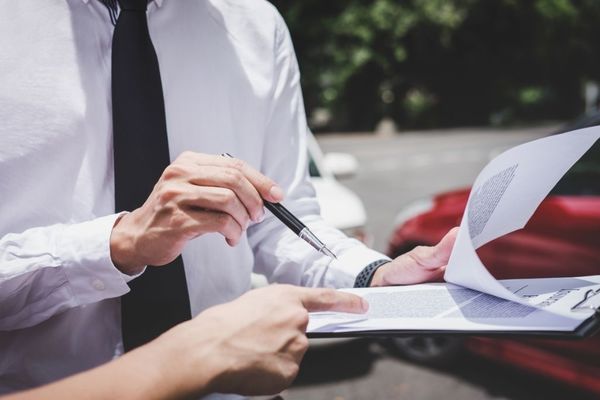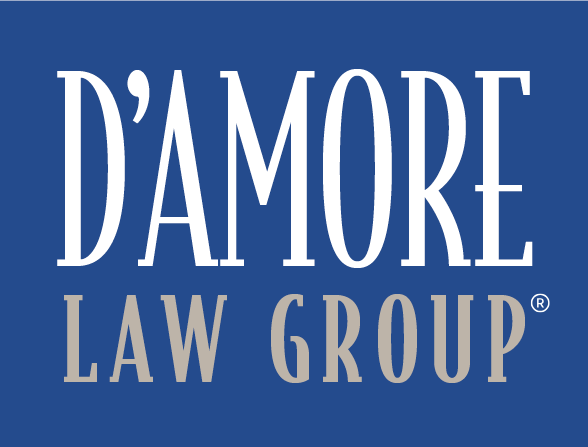Getting into an accident is a terrible experience. Even if you’re lucky enough to not get injured, dealing with insurance companies is an arduous process. And if your car...
Read more
What Is the Difference Between First-Party and Third-Party Insurance
Car insurance is one of those things that almost everyone has but no one wants to use. Under both Oregon and Washington state law, all motorists must obtain a certain amount of car insurance. These policies can provide much-needed compensation to accident victims in the event of a car wreck. However, insurance policies are complex, and many motorists understandably have questions about navigating the recovery process. One of the most common questions involves the difference between first-party insurance and third-party insurance. However, understanding the differences between these two types of coverage is crucial.
Who Are the “Parties” in an Insurance Policy
The key to grasping the difference between first-party and third-party insurance is in understanding who the parties are in a car accident. For example, assume you were injured in an Oregon car accident that was caused by another driver. In this case, as the accident victim, you are considered the “first party” for the purposes of your car insurance policy. The insurance company is the “second party,” and the at-fault driver is the “third party.”
Adding to the complexities is that these terms are not fixed, and have nothing to do with who was at fault or who was injured. Under the at-fault driver’s policy, they would be the first party, their insurance policy the second party, and you would be the third party. Thus, the “party” designation depends on which policy we’re talking about.
Given the above explanation, first-party insurance refers to insurance coverage that is available to compensate the policyholder for their injuries. Thus, when you file a first-party insurance claim, you are filing a claim with your own insurance policy. Examples of first-party insurance coverage include:
- Uninsured motorist protection
- Underinsured motorist protection
- MedPay coverage
- Personal Injury Protection (PIP coverage)
- Collision coverage
- Comprehensive coverage
- Rental car benefits
- Towing coverage
On the other hand, third-party insurance is coverage that provides compensation to another person based on the policyholder’s negligent actions. In the above example, if you file a claim with the at-fault driver’s policy, you are filing a third-party insurance claim. Examples of third-party coverage include:
- Bodily injury liability coverage
- Property damage liability coverage
Both first-party and third-party insurance benefits are incredibly important from the perspective of both the accident victim and the at-fault party. These benefits ensure that an at-fault motorist will not be financially responsible for an accident that they cause, because the insurance policy will be on the hook for compensating the accident victim. From an accident victim’s perspective, coverage is crucial because it provides an avenue of recovery outside of their own insurance policy.
Mandatory Insurance Requirements
Every state sets its own minimum insurance requirements, with almost every state mandating drivers obtain at least some amount of insurance. Below are the car insurance requirements in Washington and Oregon.
Washington Mandatory Insurance Requirements
Washington law requires all drivers to purchase the following insurance:
- Bodily injury liability coverage: $25,000 per person/$50,000 per accident
- Property damage liability coverage: $10,000 per accident
Under Washington’s insurance requirements, a driver is not required to purchase any first-party insurance such as uninsured motorist protection (UM) or underinsured motorist (UIM) protection. That said, all insurance companies in the state must offer UM and UIM benefits to the insured. Both UM and UIM coverage can be critical after an accident, and motorists should strongly consider purchasing this optional coverage. For example, if you are involved in an accident with another driver who does not have insurance, you will be responsible for all your accident-related costs unless you have UM coverage.
Oregon Mandatory Insurance Requirements
Under Oregon law, drivers must purchase at least the following coverage:
- Bodily injury liability coverage: $25,000 per person/$50,000 per accident
- Property damage liability coverage: $20,000 per accident
- Personal injury Protection (PIP): $15,000 per person
- Uninsured motorist protection: $25,000 per person/$50,000 per accident
Oregon’s car insurance requirements are more robust than neighboring Washington’s requirements. However, while Oregon drivers must obtain uninsured motorist protection (UM), this is not the same as underinsured motorist (UIM) protection, which is not required. Of course, it is a good idea for motorists to purchase UIM protection. For example, if you are involved in an accident and your injuries exceed the amount of coverage held by the at-fault driver, without underinsured motorist protection, you may be responsible for a significant portion of your accident-related expenses.
In addition to securing UM and UIM coverage, motorists in Washington and Oregon should also consider purchasing as much bodily injury insurance as they can afford. In the event of a serious accident, your medical expenses can far exceed the minimum insurance amount required by law, leaving you exposed to paying for medical expenses and other damages you suffered.
Dealing with Car Insurance Companies
One of the most common frustrations Oregon and Washington auto accident victims face is dealing with insurance companies after an accident. While, intuitively, it would make sense that a driver’s insurance company would have their best interests at heart, that isn’t the case. Insurance companies are profit-motivated and will do whatever they can to deny a claim or settle it for as little as possible. Often, accident victims who are unfamiliar with the process accept settlement amounts for far less than the amount of damages they sustained. Accident victims should reach out to a dedicated injury lawyer for advice on proceeding with their claims to maximize their recovery.
Contact an Oregon or Washington Accident Lawyer for a Free Consultation
At D’Amore Law Group, we proudly represent accident victims in Oregon and Washington car accident claims. Our dedicated team of injury lawyers has helped our clients and their families recover compensation for their injuries for more than 25 years, and we know what it takes to successfully bring a claim against even the largest insurance companies. With our help, you can rest assured that you, your family, and your claim are in capable and caring hands. To learn more and to schedule a free consultation with one of our Washington or Oregon accident lawyers, give us a call or reach out through our online form.
